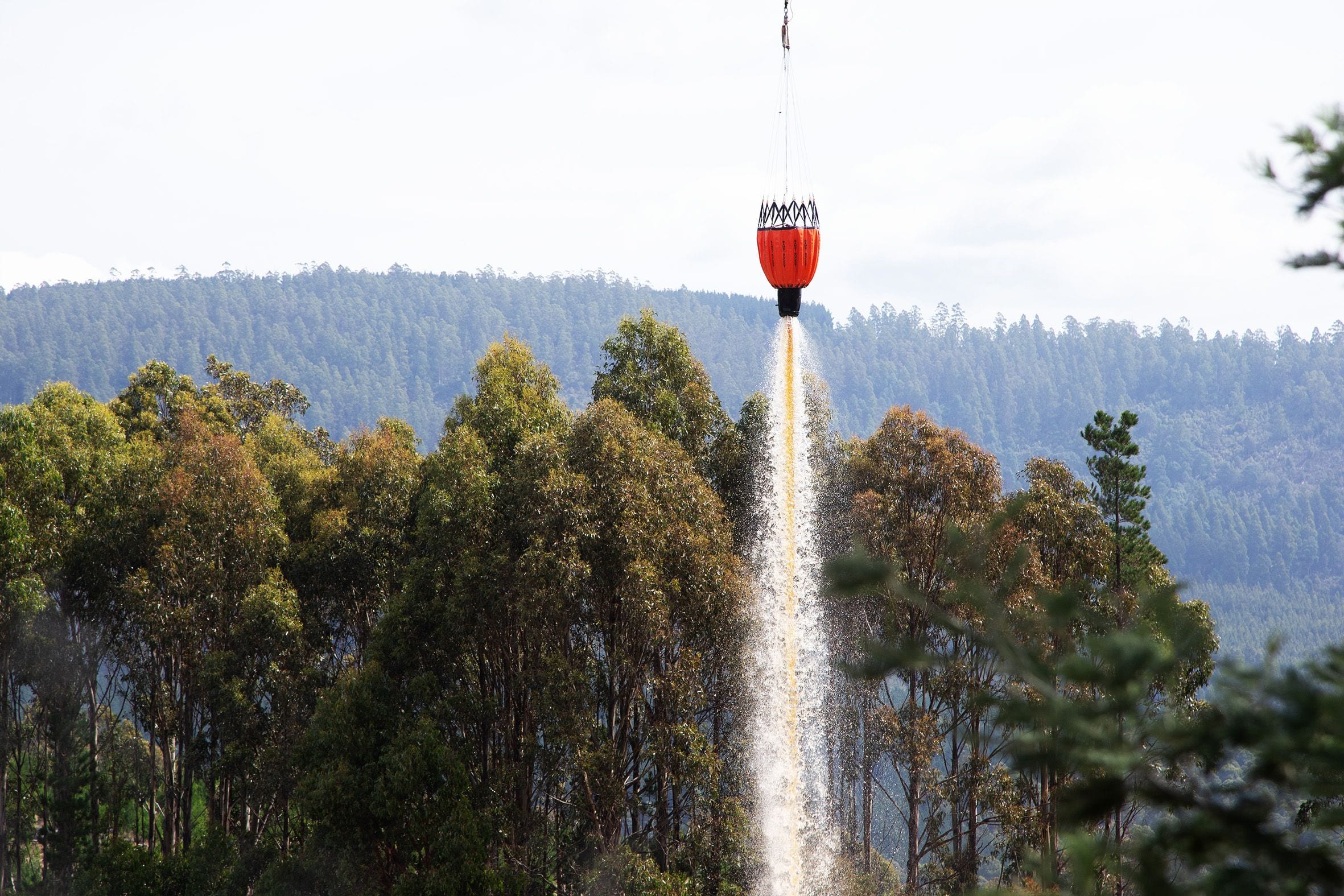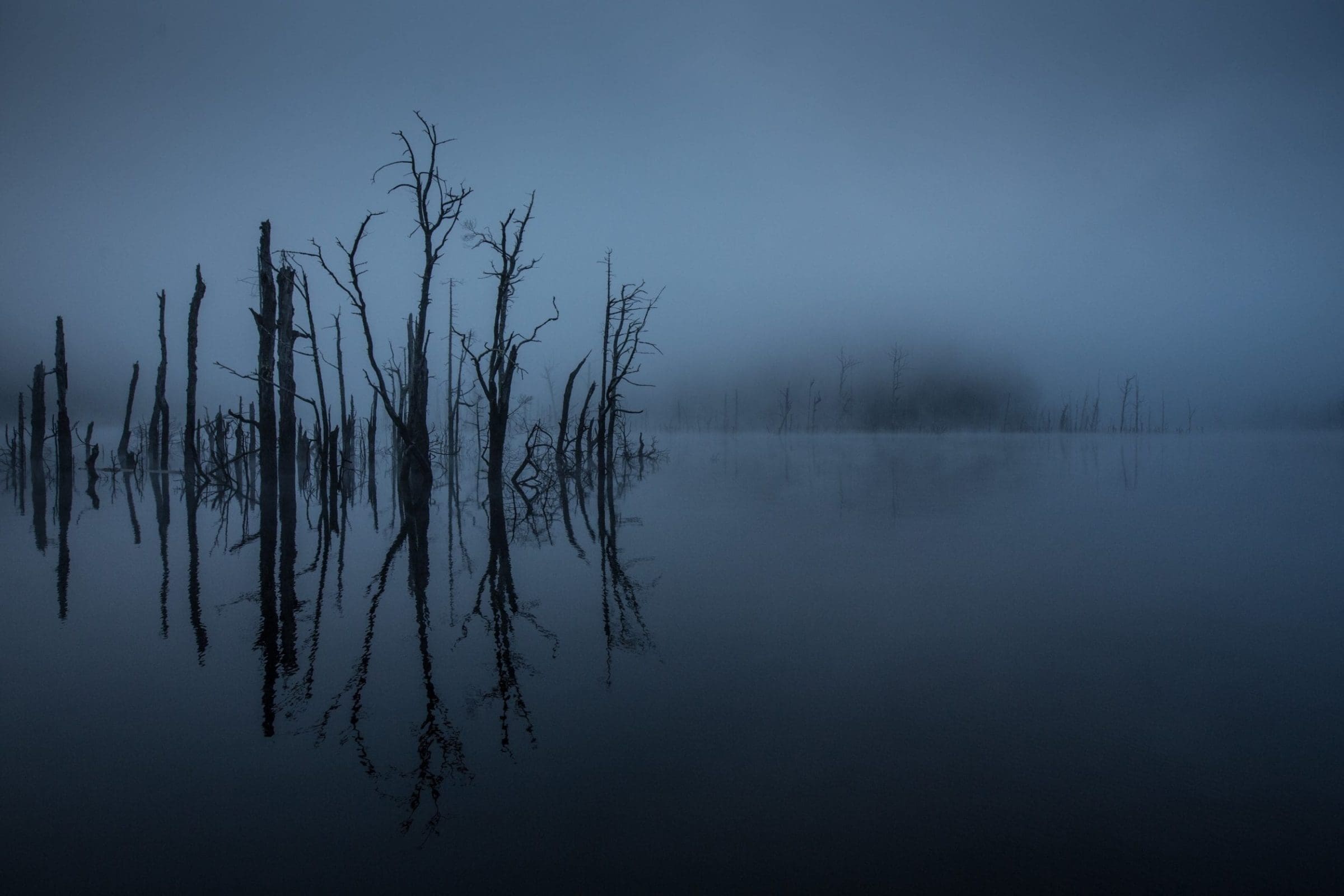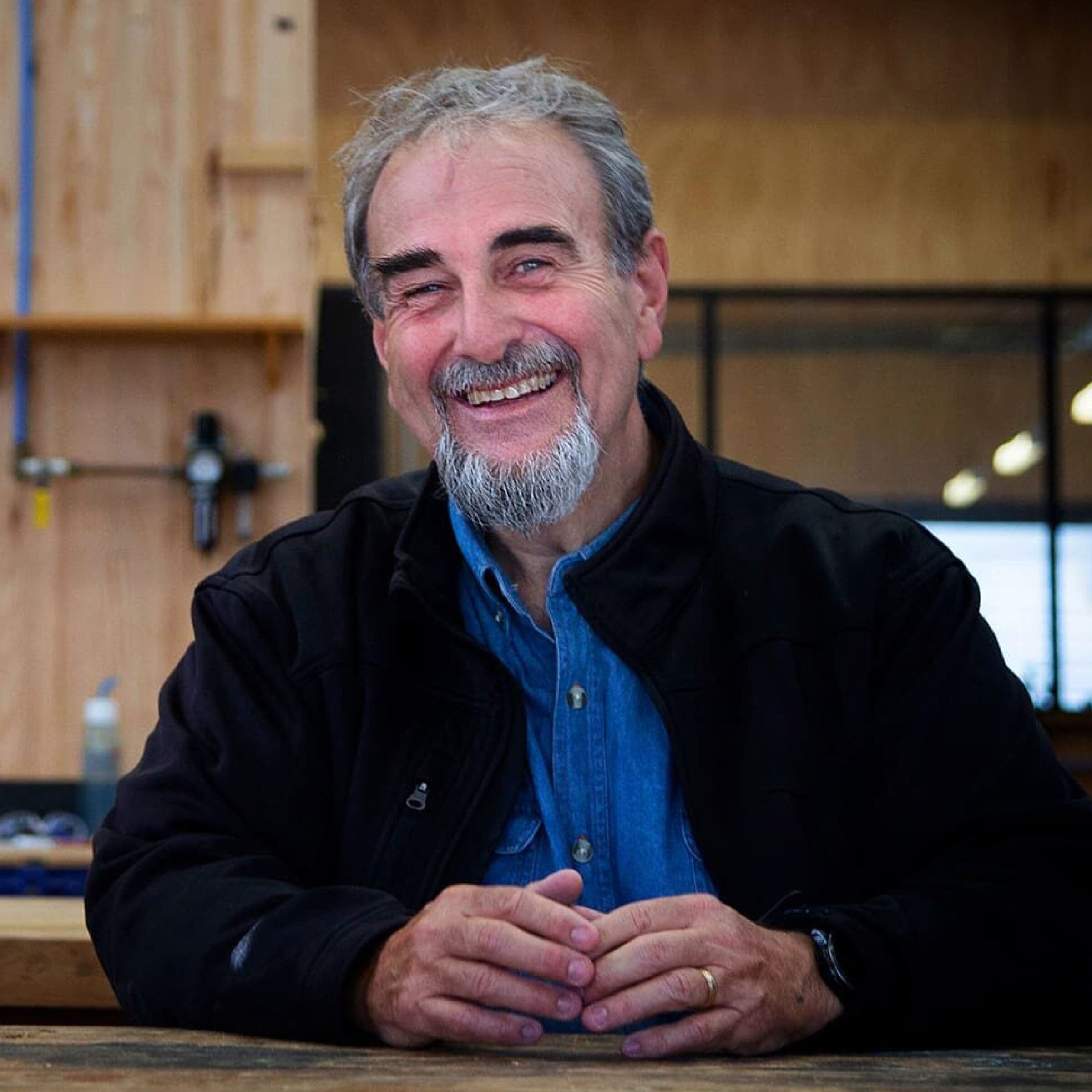New early detection bushfire technology decreases response times and increases safety
A new camera-based fire detection system called Firehawk, is being trialled in Tasmania by locally based business SFM on Lenah Estate (formally Norske Skog) located in Tasmania’s Derwent Valley. Firehawk provides fire detection imagery for a time efficient aerial-based response to threatening bush fires.
The technology delivers infrared heat detection across 360-degree views for a 30 kilometre radius from each fire tower located on Lenah Estate. Every 100 seconds, the camera system compares a new image with the previous image. If a change is detected, such as visible smoke, Firehawk will alert the person who is monitoring the system, who will then initiate an immediate response.
“Early detection allows for an early response, meaning we have the best chance to keep fires small before they become big and possibly out of control. We can detect a minimal amount of smoke and respond early with both helicopter and ground-based firefighting resources”, says David Wise, Director, SFM.
The new technology provides a way to see through smoke and locate fires, taking away the danger of manned towers and minimising error.
“One of the great things about this technology is it can see through smoke. This is a really effective way to look for new ignitions, especially if conditions are similar to 2019 where there was a lot of smoke in the atmosphere and limited visibility”, says Mr Wise.
David Bowman, Professor of Pyrogeography and Fire Science at the University of Tasmania, said that rapid attack is a critical approach to preventing bushfires from becoming uncontrollable and destructive.
“Using ground-based sensor technology is a massive improvement from the older methods of having people based in fire lookout towers,” says Professor Bowman.
“As the fire season lengthens due to climate change, we need to improve and adapt. The Firehawk is a fantastic example of using new technologies to improve fire suppression capacity.”
Fire detection information can then be shared with the Tasmanian Fire Service, Sustainable Timber Tasmania (STT) and Tasmanian Parks and Wildlife Services. STT said that enhancing fire detection and management strategies is a shared priority for the industry.
“Tasmania’s forest managers are investing in smart technology for the future and SFM’s recent undertaking to trial innovative fire detection and suppression technology is a notable and valuable example. We are watching SFM’s trials and adoption of new methods with great interest and support,” says STT.
A secondary benefit of the technology is faster and more accurate weather reporting. SFM have erected their own weather stations to use alongside the Bureau of Meteorology to help calculate fire danger ratings for various areas within the estate.
“Automation of weather reporting that has traditionally been done by the manned towers will provide us with a faster and safer access to more complete data set, as towers are only manned on high fire danger days”, explains Mr Wise.
Firehawk technology would provide Tasmania with more cost-effective and efficient fire detection and mitigation methodology.
Lenah Estate is owned and operated by Australian-based international forestry investor New Forests, who appointed SFM to manage the Lenah Estate’s timber plantation assets in 2020. SFM have a strong track record of successfully implementing technology advancements in the forestry sector in Tasmania.
The Firehawk, is a welcome innovation for the timber industry after the devastating bushfires of 2019/2020.
SFM has also been running the successful Firehawk trial in the Green Triangle (Mt Gambier region) and is hoping to expand the trial over the next two years.























